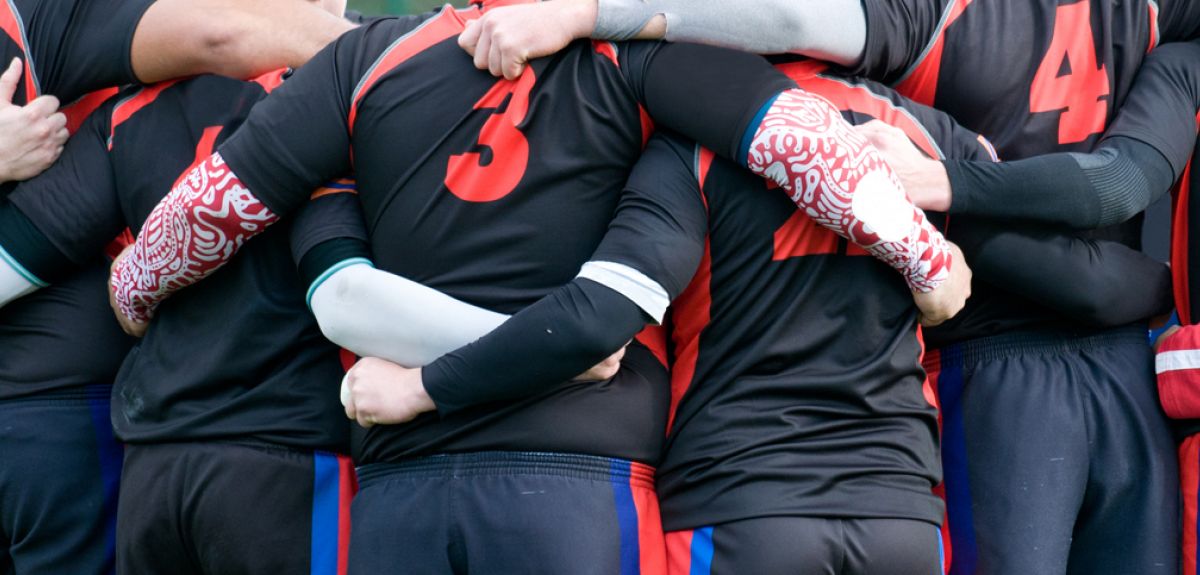
Researchers discover a completely legal performance enhancer: friends
Exercising together brings us closer to one another, while exercising with those close to us improves our performance. Those are the conclusions of an Oxford University study published this Friday in the journal PLoS ONE.
Emma Cohen, Arran Davis and Jacob Taylor, from the University’s Institute of Cognitive and Evolutionary Anthropology, carried out two experiments to look at how group exercise and social cohesion influence one another.
Lead author Dr Emma Cohen said, 'The physical, emotional and cognitive benefits of exercise are increasingly understood, but participants often report experiencing meaningful social benefits when they exercise together with others, whether they are dancing in a ceilidh or running in an urban marathon. Anthropologists, too, have long speculated on the importance of group movement and exercise, in various forms, for social cohesion across different cultures. Now we are beginning to identify the unique psychological mechanisms responsible for these important social effects.'
The first experiment tested whether moderately intense group exercise causes strangers to bond more than low intensity exercise. Using side-by-side ergometers (rowing machines), participants rowed in groups of three at either a low or moderate intensity. The study found that participants who rowed at a moderate intensity cooperated more with one another in a post-exercise economic game than participants who rowed at a low intensity.
The researchers suggest that unique psychological effects of moderate intensity exercise may be responsible. Other studies have shown that moderate intensity exercise increases activity in the body's pain relief and reward systems. Activity in the endorphin and endocannabinoid systems specifically has been linked to feelings of pleasure, well-being, and self-transcendence, extreme forms of which are popularly known as the 'runner’s high'.
Co-author Arran Davis commented: 'It may be that experiencing exercise-induced natural highs with others leads to a sort of 'social high' that facilitates group bonding, friendship, and cooperative behaviour.'
The second experiment also examined the relationship between group exercise and social bonding but this time in the opposite direction: do social bonds influence exercise performance? The researchers investigated the performance effects of social closeness in a cohesive team of rugby players – the University of Oxford Rugby Football Club.
Participants performed a tough individual sprint test after warming up together with another team member either synchronously or non-synchronously. Following previous studies showing that synchronous movement signals bonding, synchrony was used in the pre-test warm-up to cue the bonds that existed among participants. The experiment found that players performed significantly better on the running test after doing a synchronous warm-up with a teammate, as compared to warming up non-synchronously with a teammate. There was no difference in participants' reported perceived exertion between the two conditions.
The researchers propose a novel 'social placebo' mechanism to account for these effects. Traditional placebo effects can occur when patients receive a medical treatment that they believe will lead to improvements in their condition. Much like pain relief resulting from such placebo treatments, cues that activate beliefs and expectations about safe and supportive social environments may also change the way our brains process pain and fatigue.
Dr Cohen said, 'In the context of the experiment with the rugby players, cues to social support may have raised thresholds of pain and fatigue that function to guard against harmful overexertion. This led to raised test performance in the condition that primed cohesion even though perceived effort remained the same.'
The researchers conclude that the findings from both studies offer evidence for a reciprocal relationship between exercise and social bonds, with group exercise leading to more bonded groups and exercise in bonded groups facilitating exercise performance. These findings may help to explain why, across cultures, humans come together to exercise.
 Professor James Binney awarded Royal Astronomical Society’s Gold Medal
Professor James Binney awarded Royal Astronomical Society’s Gold Medal
 Logged tropical forests are still valuable for biodiversity, study finds
Logged tropical forests are still valuable for biodiversity, study finds
 Pioneering new mathematical model could help protect privacy and ensure safer use of AI
Pioneering new mathematical model could help protect privacy and ensure safer use of AI
 New study reveals link between head injuries and viruses in Alzheimer's Disease
New study reveals link between head injuries and viruses in Alzheimer's Disease
 Major new footprint discoveries on Britain’s ‘dinosaur highway’
Major new footprint discoveries on Britain’s ‘dinosaur highway’